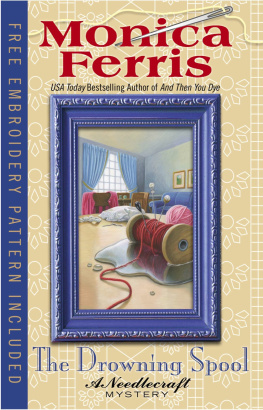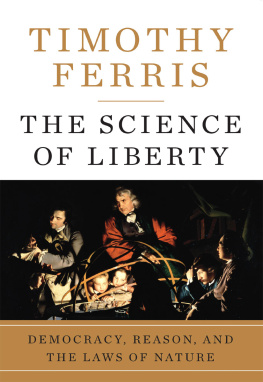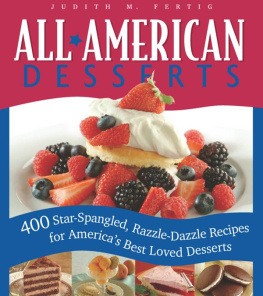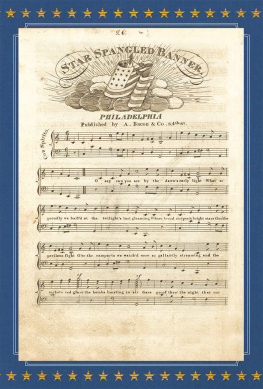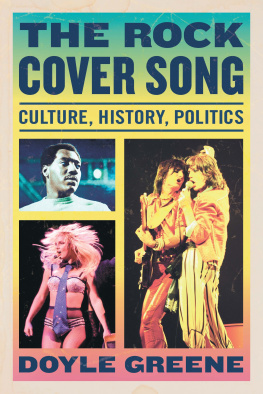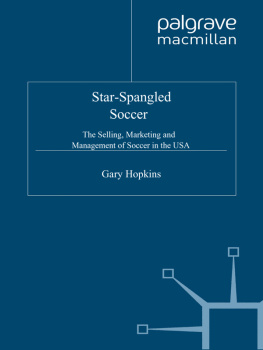STAR-SPANGLED BANNER

STAR-SPANGLED
BANNER
The Unlikely Story of Americas National Anthem
MARC FERRIS

2014 Johns Hopkins University Press
All rights reserved. Published 2014
Printed in the United States of America on acid-free paper
2 4 6 8 9 7 5 3
Johns Hopkins University Press
2715 North Charles Street
Baltimore, Maryland 21218-4363
www.press.jhu.edu
Ferris, Marc, 1963
Star-spangled banner : the unlikely story of Americas national anthem / Marc Ferris.
pages cm
Includes bibliographical references and index.
ISBN 978-1-4214-1518-5 (hardcover : alk. paper) ISBN 978-1-4214-1519-2 (electronic) ISBN 1-4214-1518-6 (hardcover : alk. paper) ISBN 1-4214-1519-4 (electronic) 1. Star-spangled banner (Song) 2. National songsUnited StatesHistory and criticism. I. Title.
ML3561.S8F47 2014
784.7'1973dc23
2014002572
A catalog record for this book is available from the British Library.
Special discounts are available for bulk purchases of this book. For more information, please contact Special Sales at 410-516-6936 or .
Johns Hopkins University Press uses environmentally friendly book materials, including recycled text paper that is composed of at least 30 percent post-consumer waste, whenever possible.
To my parents,
Alan and Helene Ferris
Contents
Appendix:
The Original Words of The Star-Spangled Banner
Acknowledgments
SPECIAL THANKS to Jonathan Ferris and Suzanne Ferris.
Thanks to Nicholas Albicelli, Kathi Ash, Paula Baker, Jan Benzel, Winfred E. A. Bernhard, Don Bracken, Robert J. Brugger, Sidney A. Burrell, Kathleen M. Capels, Hank Cash, Lisa Cesarano, Judy Codding, Bob DAprile, Michael Dardano, Diane Davis, Peter Eisenstadt, Amelia Ferris, Conrad Ferris, Jackie Levi Ferris, Lilah Ferris, Mary Ferris, Reuben Ferris, Mia Ferris Freeman, Andy Gates, Peter Giles, John Giriat, Eva Havas Gonzales, Matthew Gonzales, Michael Gonzales, Pancho Gonzales, Peter Goodman, Yvonne Y. Haddad, Eric Hagemann, Trevor Hochman, Regina Holmes, Becky Hornyak, Kenneth T. Jackson, Andy Jacobs Jr., Kim Johnson, Jack Kadden, Fred Kameny, Susan Key, Robert Kolker, Jeff Korman, Jennifer Krauss, Richard F. Kuisel, Michael LaPick, Calvin Lawrence, Sandra Loureiro-Mato, Lou Malcomb, Joseph H. March, Gerald W. McFarland, Wilbur R. Miller, Ann-Marie Nieves, Regula Noetzli, Ron Pearcey, Kathy Peiss, William J. Pencek Jr., Jaclyn Penny, Cora Provins, Susan Rabiner, Leonard L. Richards, Jeffrey Richter, Julie Ades Richter, Roland Sarti, Helena Schwarz, Scott S. Sheads, Ann Shepardson, Evan Siegel, Jeanne Siegel, Max Siegel, Ralph Siegel, Dick Sine, Linda Smith, Andrew Szabo, Lonn Taylor, Barbara L. Tischler, Nancy Tomes, Nancy Toth, Rich Triblets, Anna Von Lunz, Gregory Weidman, Stephen Williams, and Doug Wright.
This book began in a Department of History graduate seminar at Stony Brook University. A Smithsonian Institution fellowship allowed research at the National Museum of American History, the Library of Congress, the National Archives, the New York Public Library, the Enoch Pratt Free Library, the Fort McHenry National Monument and Historic Shrine, the Maryland Historical Society, and the Historical Society of Frederick County.
STAR-SPANGLED BANNER
Prologue
THE NATIONAL ANTHEM of the United States of America is no laughing matter, but an old wisecrack tells of a child who thinks the last words of The Star-Spangled Banner are play ball. More than one quip takes advantage of the songs oftmisunderstood first five words. For example, a young boy attends his first ballgame, and when he comes home his mother asks how things went. I had such a great time and everyone was so nice, he replies. A man showed us to our seats and people kept bringing us hot dogs and sodas. Then this song started and every person in the stadium stood up and asked me, Jose, can you see? But the real national inside joke about The Star-Spangled Banner is the widespread lack of familiarity with the actual words of even the first verseand few Americans realize that there are four in all. Alluding to the countrys amnesia regarding the lyrics, in one yarn that dates to World War I, a doughboy approaches an outpost at night after patrolling enemy territory and is challenged by the guard on duty:
SENTINEL: | Who goes there? |
SOLDIER: | An American. |
SENTINEL: | Then come forward and recite the first verse of The Star-Spangled Banner. |
SOLDIER: | I cant remember it. |
SENTINEL: | Then pass, American. |
Besides sometimes serving as an object of mirth, The Star-Spangled Banner is also the most controversial musical composition in United States history. Written during the War of 1812, when Francis Scott Key coined the phrase to honor the massive American flag that withstood the British bombardment of Fort McHenry in Baltimore harbor, the song rocketed to prominence but also attracted criticism. Detractors decried the hard-to-sing melody and denounced the alleged militarism of the words. In time, Anglophiles chafed at the lines in the third verse that insulted the British, who turned from foe to friend in the late 1800s. Anti-alcohol crusaders also condemned the composition that inspired Key, To Anacreon in Heaven, which celebrated the pursuits of a gentlemens drinking, dining, and music club in London. Many Americans revere the anthem due to its legal status and long historyrarely do they gush over the song itself. Recurring debates over the merits and the meaning of The Star-Spangled Banner during the past two hundred years reflected the use of music for propaganda purposes, the intersection between religion and patriotism, and the rise of liberal and conservative political factions after the Revolutionary War.
The core issues in the songs long journey center on why it took Congress 117 years to pass a national anthem law and what finally prompted them to act in 1931. With all the negativity heaped on The Star-Spangled Banner and with so many other viable rivals for anthem status in the United Statesincluding Yankee Doodle; Hail, Columbia; My Country, Tis of Thee (America); Columbia, the Gem of the Ocean; America the Beautiful; and God Bless Americait is a wonder that Francis Scott Keys composition rose to the top and remained there. Beginning in the 1700s, many countries sanctioned certain anthems as ploys to create compliant citizens or reinforce a particular rulers power, but the worlds most influential and enduring national songs, including God Save the Queen, The Marseillaise, and The Star-Spangled Banner, achieved instant popularity during times of crisis. On the surface, given the year that Congress took action, legislation to designate the countrys official anthem seems to reflect efforts by an overwhelmed federal government to manufacture patriotism by decree and bolster national unity in the early years of the Great Depression. The real story is much more complicated.
1
Anthem before a Nation, 18141860
BECAUSE CONGRESS TOOK SO LONG to single out The Star-Spangled Banner as the national anthem, the song could have easily faded into obscurity. A handful of other contenders arose in the interim, and elected representatives in the United States avoided selecting a signature composition, even as other newly formed nations announced their arrival with flags flying and bands blaring. In popular culture, Americans generally celebrate newfangled fads, so it is even more remarkable that ordinary citizens and government actors held on to such an old-fashioned song for so long. Keys creation gained instant popularity and remained cherished by enough people over time to earn its spot as the sonic embodiment of nationhood. Key himself is rarely mentioned in school history lessons outside his home state, but his gift to the nation continues to exert a strong cultural and emotional pull.
Next page

